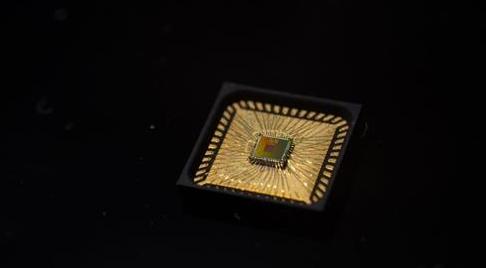[China Instrument Network Instrument R&D] Researchers at the University of California, San Diego, have developed a temperature sensor that can operate with very little power—113 picowatts.

The research report on this sensor is currently published in the latest issue of Scientific eports.
The research team reduced the power consumption of the temperature sensor from two aspects. The first one is the power source. Transistors generally have a gate, and the gate can block the flow of electrons in the circuit. If the volume of the gate is made smaller, its ability to block the flow of electrons is reduced, thereby causing a "gate leak", and the leaked electrons are the sensors. Power sources, the research team started from this direction to build an ultra-low power current source.
In addition, the researchers reduced power consumption by converting the temperature of the sensor to a reading, which is 628 times lower than the current state-of-the-art temperature sensor.
It is reported that when the temperature is between -4 and 104 degrees Fahrenheit, the sensor has the lowest energy consumption, and this feature is very suitable for wearable devices and home monitoring systems.
However, the researchers also said that this temperature sensor also has drawbacks, such as its data reading speed will not be too fast, for those objects with rapid temperature changes, the sensor will delay and cause data inaccurate.
In light of this, researchers will strive to improve the accuracy of the sensor in the future.
(Original title: Magical new invention: temperature sensor with almost no electricity)